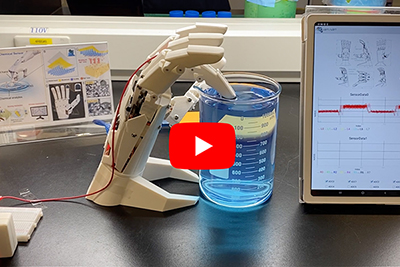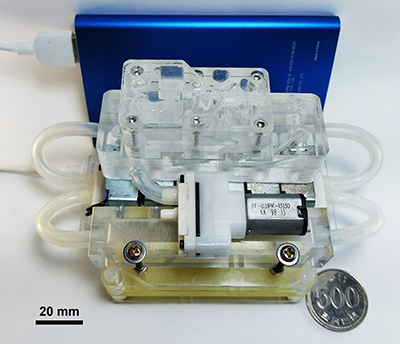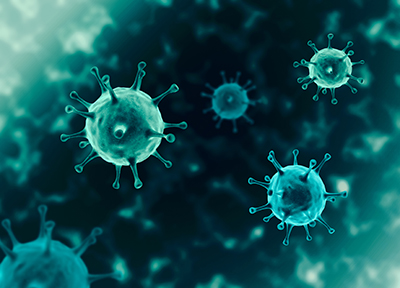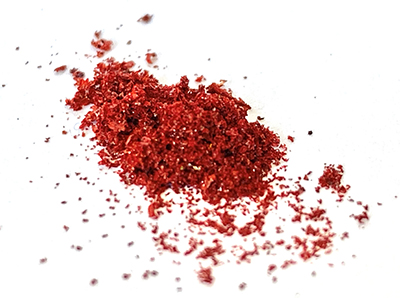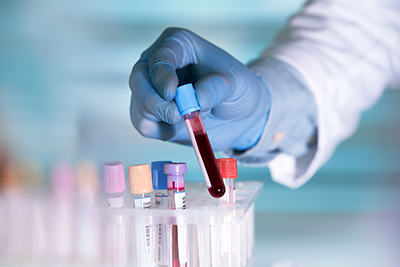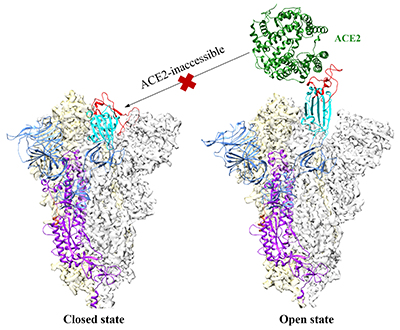FOR IMMEDIATE RELEASE
“Quantification and Mapping of Alkylation in the Human Genome Reveal Single Nucleotide Resolution Precursors of Mutational Signatures”
ACS Central Science

People are occasionally exposed to potentially harmful substances in the environment or through their diets or habits. For example, a compound found in cigarette and industrial smoke, benzo(a)pyrene (BaP), is known to damage DNA. Now, researchers reporting in ACS Central Science have mapped these effects — down to the single-nucleotide level — for the first time in human lung cells after BaP exposure. They say that this technique could help predict exposures that lead to cancers.
When BaP gets into a person’s body and is metabolized, it can turn into a new compound, or metabolite, that irreversibly attaches to one of the nucleic acids in DNA, guanosine. However, humans are also stocked with cellular repair kits that detach the unwanted metabolites. And it’s the balance between damage and repair that impacts whether the mutations that could cause disease carry forward when cells replicate. So, Shana Sturla and colleagues wanted to explore that balance in human lung cells exposed to BaP, determining the distribution of DNA damage throughout the cells’ entire genomes.
The researchers added increasing amounts of the metabolized version of BaP to the culture medium in which human lung cells were growing. Then they determined where the metabolite attached to guanosines using single-nucleotide-resolution DNA mapping. While there was a dose-dependent relationship between exposure and DNA damage, the pattern remained stable across the genome, despite changes in the BaP metabolite’s concentration. In addition, the results showed that the distribution of DNA damage was similar to a mutation pattern found in smoking-related lung cancers, suggesting that this technique could help forecast genetic mutations related to human cancers. As the first single-nucleotide-resolution map of damage patterns specific to BaP in human cells, the researchers say their data provide insight into the dynamic nature of DNA damage and repair processes.
The authors acknowledge funding from Swiss National Science Foundation and Philip Morris International.
###
The American Chemical Society (ACS) is a nonprofit organization chartered by the U.S. Congress. ACS’ mission is to advance the broader chemistry enterprise and its practitioners for the benefit of Earth and all its people. The Society is a global leader in promoting excellence in science education and providing access to chemistry-related information and research through its multiple research solutions, peer-reviewed journals, scientific conferences, eBooks and weekly news periodical Chemical & Engineering News. ACS journals are among the most cited, most trusted and most read within the scientific literature; however, ACS itself does not conduct chemical research. As a leader in scientific information solutions, its CAS division partners with global innovators to accelerate breakthroughs by curating, connecting and analyzing the world’s scientific knowledge. ACS’ main offices are in Washington, D.C., and Columbus, Ohio.
To automatically receive press releases from the American Chemical Society, contact newsroom@acs.org.
Note: ACS does not conduct research, but publishes and publicizes peer-reviewed scientific studies.

